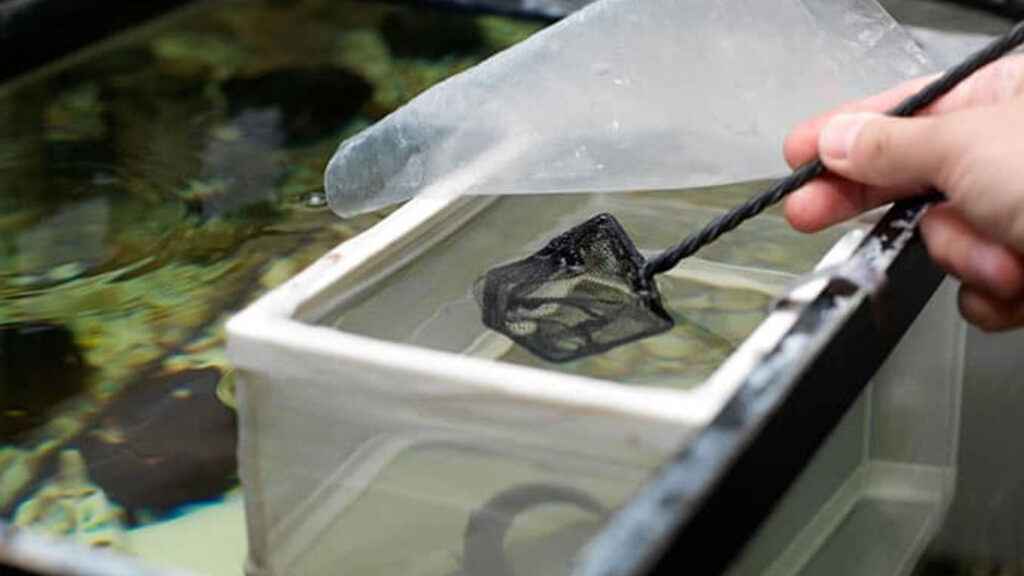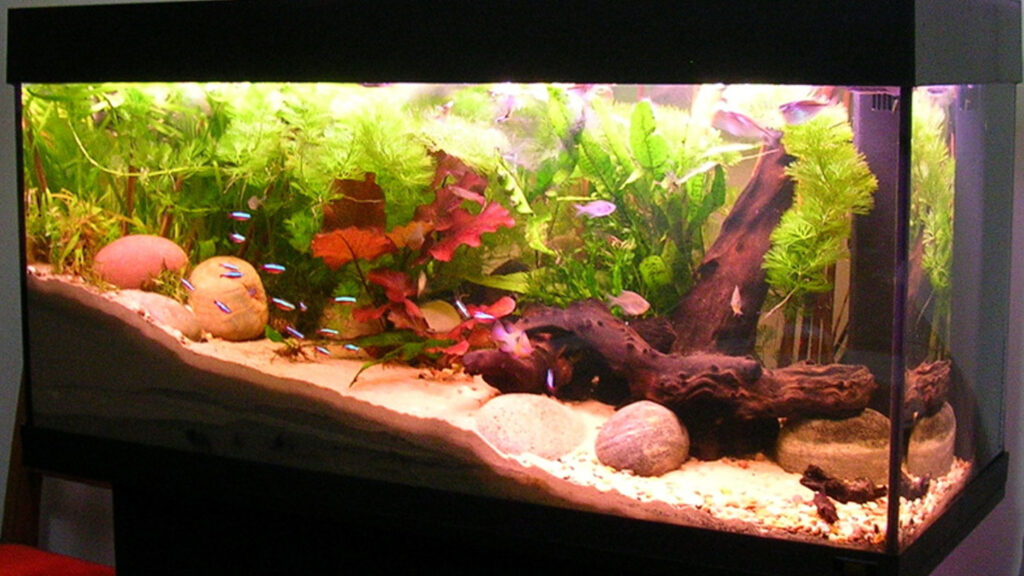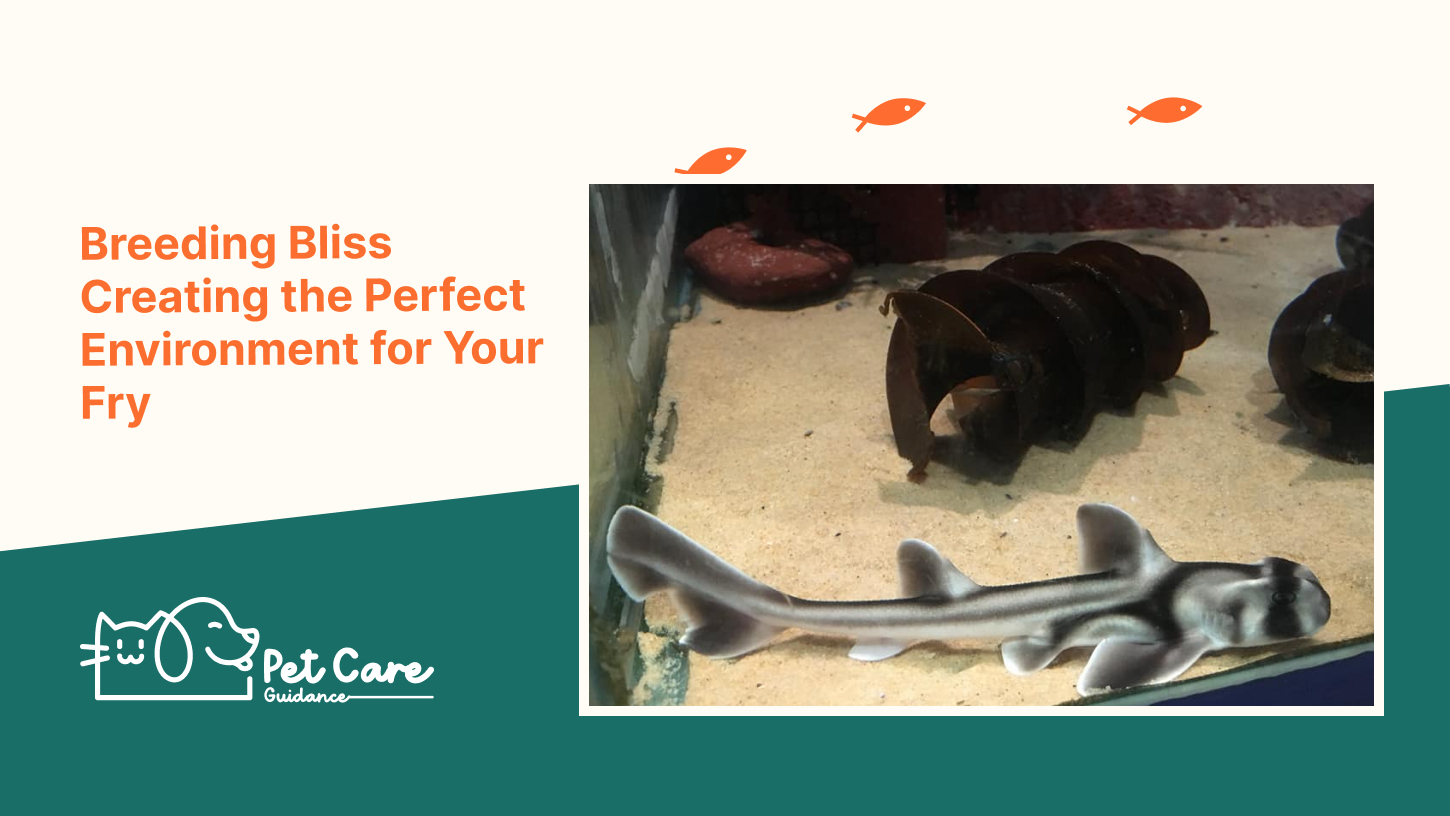Fish breeding tanks provide a controlled environment for fish reproduction and breeding, promoting successful breeding and the survival of fry. These tanks are available in various sizes and designs to suit different fish species and breeding requirements.
They typically feature dividers or compartments that allow the separation of breeding pairs or the isolation of fry for protection and growth. Using a breeding tank can increase the success rate of breeding efforts by providing a safe and optimal environment for the fish.
Additionally, these tanks can be equipped with accessories such as heaters, filters, and spawning media to create the ideal conditions for successful breeding. Fish breeders can choose from a wide range of commercially available breeding tanks or create custom-made tanks based on their specific needs.
1. Importance Of Fish Breeding Tanks
Importance of Fish Breeding Tanks
Fish breeding tanks play a vital role in the successful reproduction of fish species. These tanks offer enhanced control over breeding conditions and result in an increased success rate in fish reproduction.
One of the benefits of using fish breeding tanks is the ability to have enhanced control over breeding conditions. These tanks allow fish breeders to adjust water temperature, pH levels, and oxygen levels to create optimal conditions for fish reproduction. This level of control helps to minimize stress on the fish and increases the chances of successful breeding.
Another benefit of using fish breeding tanks is the increased success rate in fish reproduction. These tanks provide a controlled and isolated environment that reduces the risk of predation and competition among fish, leading to a higher rate of successful reproduction. Breeders can also separate males and females to control breeding pairs and ensure breeding success.
In conclusion, fish breeding tanks are essential tools for fish breeders as they offer enhanced control over breeding conditions and increase the success rate of fish reproduction.

2. Choosing The Right Fish Breeding Tank
Fish breeding tanks come in various sizes and materials, making it essential to choose the right one for successful breeding. When selecting a tank, size considerations play a significant role. The tank should be spacious enough to accommodate the adult fish and the fry. It is recommended to have a tank with a minimum capacity of 10 gallons to provide ample space for breeding pairs and their offspring.
In terms of materials, tanks made of glass or acrylic are commonly used for breeding fish. Both materials are durable, scratch-resistant, and provide excellent visibility. Glass tanks are heavier and may be more difficult to clean, while acrylic tanks are lighter and more resistant to impact. Choose the material that suits your preferences and needs.
Moreover, it is important to add appropriate filtration and aeration systems to the breeding tank. A filtration system helps maintain water quality by removing waste and keeping ammonia and nitrate levels in check. An aeration system ensures that the water is well-oxygenated, promoting the health and growth of the fish.
3. Setting Up A Fish Breeding Tank
Fish breeding tanks require careful setup and planning to create optimal conditions for successful breeding. One important aspect is adding substrate and decorations to the tank. Substrate, such as fine sand or gravel, provides a natural environment for the fish and helps mimic their natural habitat.
Decorations, such as rocks, caves, and plants, not only create hiding spots for the fish but also provide visual barriers that can help reduce aggression and stress during the breeding process. Selecting suitable plants for breeding tanks is another important consideration.
Plants not only enhance the aesthetic appeal of the tank but also provide shelter and hiding places for the fry. Additionally, establishing water parameters is crucial for optimal breeding conditions. This includes maintaining appropriate temperature, pH levels, and water quality.
Regular testing and monitoring of these parameters is essential to ensure the health and well-being of the fish and their offspring.
4. Breeding Techniques In Fish Breeding Tanks
Fish breeding in tanks has become a popular practice among fish enthusiasts. When it comes to breeding techniques, pairing compatible fish species is crucial for successful breeding. It is important to choose species that have similar temperaments and environmental needs to ensure harmonious breeding. Inducing spawning and egg-laying is the next step in the breeding process.
This can be achieved through various methods such as adjusting the water temperature, and lighting conditions, and providing suitable nesting materials. Once the eggs are laid, caring for them and the fry is essential for their survival.
Providing proper nutrition and maintaining clean water conditions are key factors in ensuring the healthy development of the fry. It is important to closely monitor the breeding tanks and make necessary adjustments to optimize the breeding process.

5. Maintenance And Care For Fish Breeding Tanks
Regular water testing and maintaining high water quality is crucial for the health and successful breeding of fish in breeding tanks. It is important to test the water parameters regularly, such as pH levels, ammonia, nitrate, and nitrite levels. Making sure that the water is properly balanced will create optimal conditions for the fish to breed and thrive.
Cleaning and maintaining the breeding tank equipment is also essential. Regularly clean the tank and remove any excess waste or uneaten food to prevent the build-up of harmful substances in the water. Replace filter media as needed to ensure proper filtration and water circulation.
Preventing disease outbreaks in breeding tanks is another important aspect of maintenance and care. Quarantine new fish before introducing them to the breeding tank to minimize the risk of introducing diseases. Maintain proper hygiene by regularly cleaning and disinfecting the tank and equipment. Also, ensure that the fish are provided with a balanced diet and proper nutrition to boost their immune system and prevent disease.
6. Troubleshooting Common Issues In Fish Breeding Tanks
| Troubleshooting low breeding success rates: |
| 1. Make sure the breeding fish are the correct age and in good health. Older or unhealthy fish may have lower breeding success rates. |
| 2. Check the water parameters in the breeding tank, such as pH, temperature, and ammonia levels. Poor water quality can hinder breeding success. |
| 3. Address aggressive behavior among breeding fish by providing adequate tank size and hiding spots. Aggression can disrupt the breeding process. |
| 4. Consider separating aggressive or dominant fish from the rest of the breeding tank to prevent stress and ensure successful breeding. |
| 5. Monitor and maintain a consistent feeding schedule to ensure that breeding fish receive proper nutrition. A healthy diet can improve breeding success rates. |
| 6. Regularly clean and maintain the breeding tank to prevent the buildup of waste and bacteria that can negatively impact breeding success. |
7. Best Practices For Fish Breeding Tanks
Fish breeding tanks require careful attention to ensure the healthy growth and development of fry and juveniles. Providing appropriate food for fry is crucial for their nutrition and overall well-being. It is important to monitor the growth and development of fry regularly to ensure they are healthy and thriving. When the fry reach a certain size or stage of development, it may be necessary to move them from the breeding tank to larger tanks to accommodate their growth.
This process should be done gradually to minimize stress and allow the fish to adjust to their new environment. It is recommended to use appropriate tanks and equipment designed for fish breeding to ensure the best conditions for their growth.
Additionally, maintaining water quality, temperature, and proper filtration are essential for the success of fish breeding tanks. Following these best practices will help create a thriving environment for fish breeding and ensure the successful growth of fry and juveniles.
Frequently Asked Questions On Fish Breeding Tanks
Can Fish Live In A Breeder Tank?
Fish can live in a breeder tank. Breeder tanks provide a controlled environment for fish to breed and protect their offspring.
Which Fish Breed Easily In Aquarium?
Some fish breeds that easily breed in aquariums include guppies, mollies, and platies.
What Fish Can I Breed In A 40 Gallon Tank?
In a 40 gallon tank, you can breed small fish like bettas, guppies, or shrimp.
How Profitable Is Fish Breeding?
Fish breeding can be profitable, but it depends on various factors such as the type of fish, market demand, and breeding techniques used. Careful planning and management are essential for success.
Conclusion
Fish breeding tanks are essential for successful fish breeding projects. With a variety of options available in the market, it is important to choose the right tank size and design that suits your breeding needs. These tanks provide the necessary space, surface area, and isolation required for breeding fish, ensuring the safety and well-being of both the parents and the fry.
By using a breeder tank, you can improve the chances of successful breeding and nurture healthy fish populations. Explore different options and choose the best breeding tank for your fish breeding endeavors.


